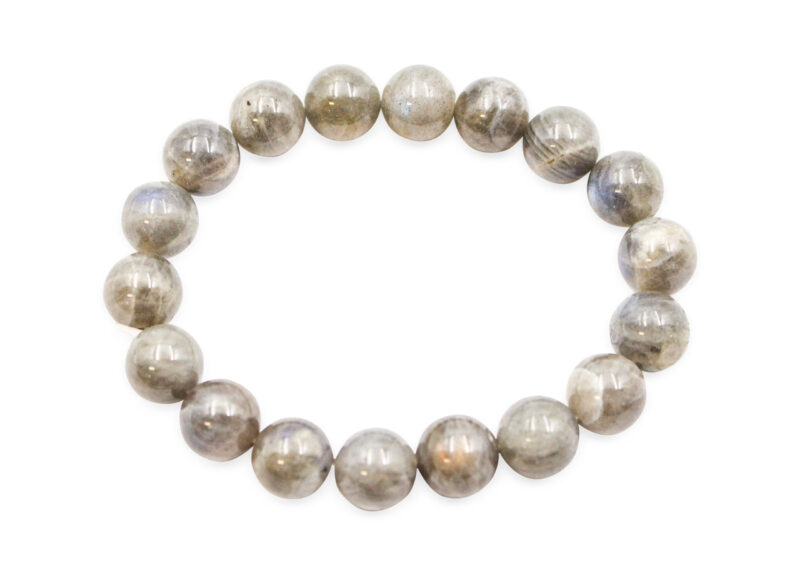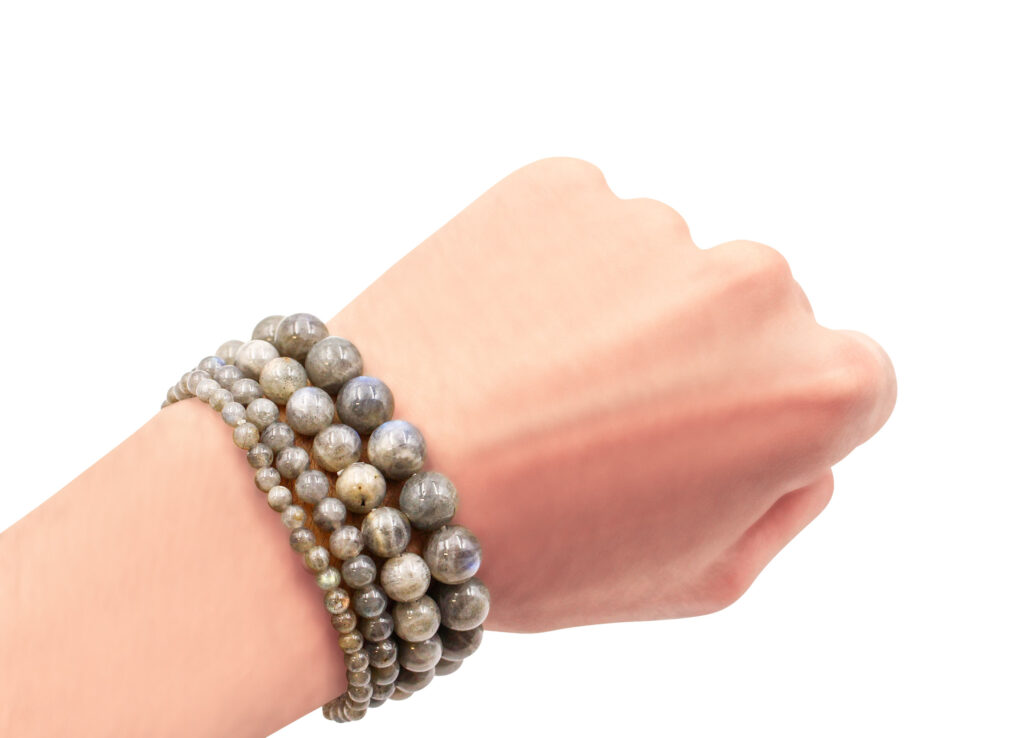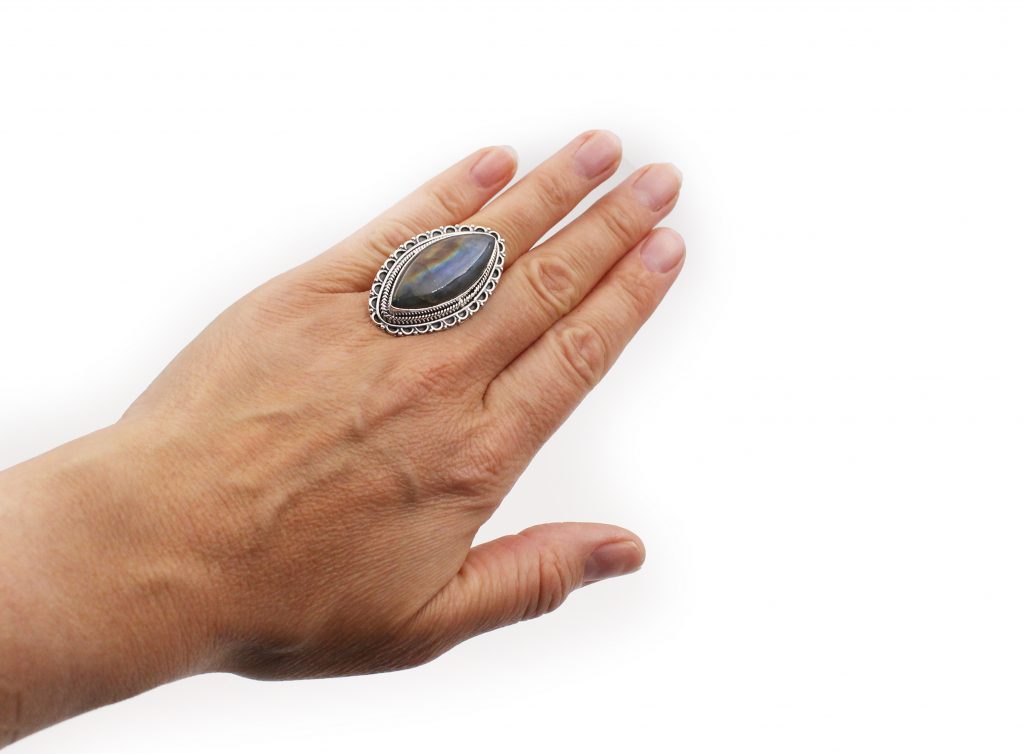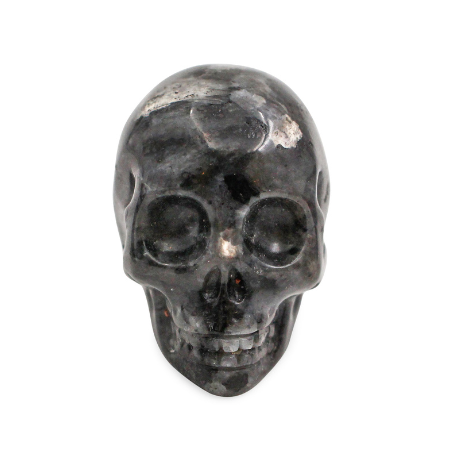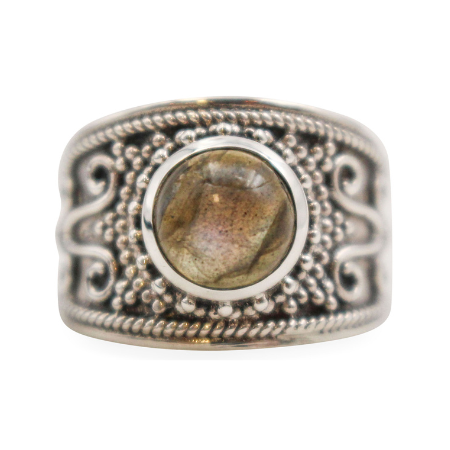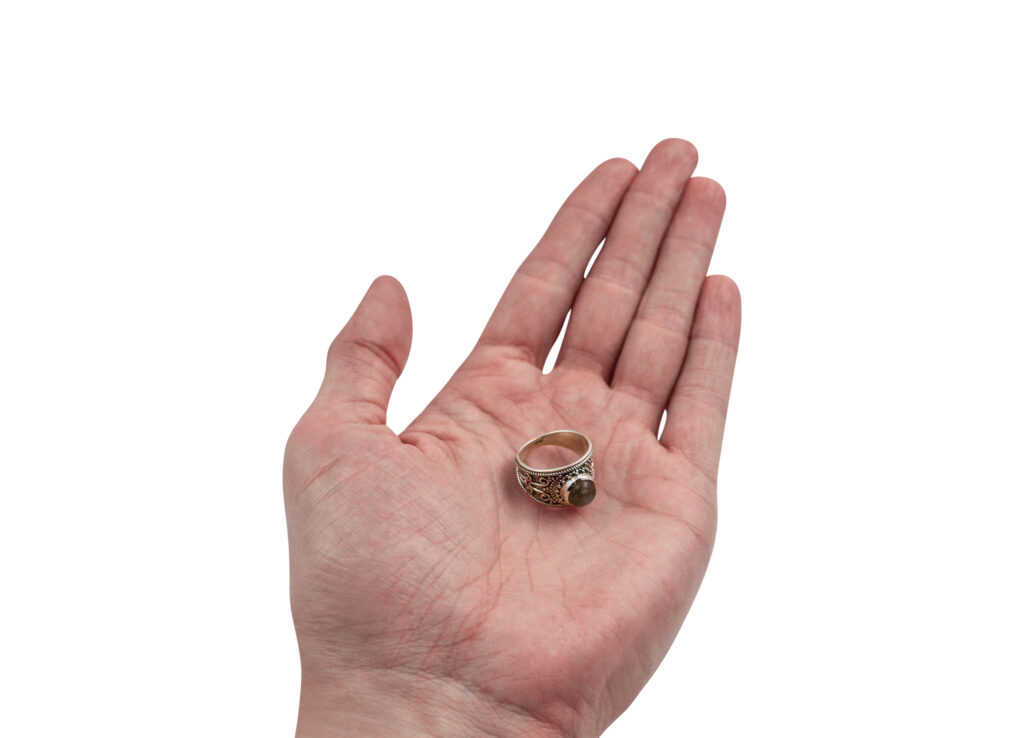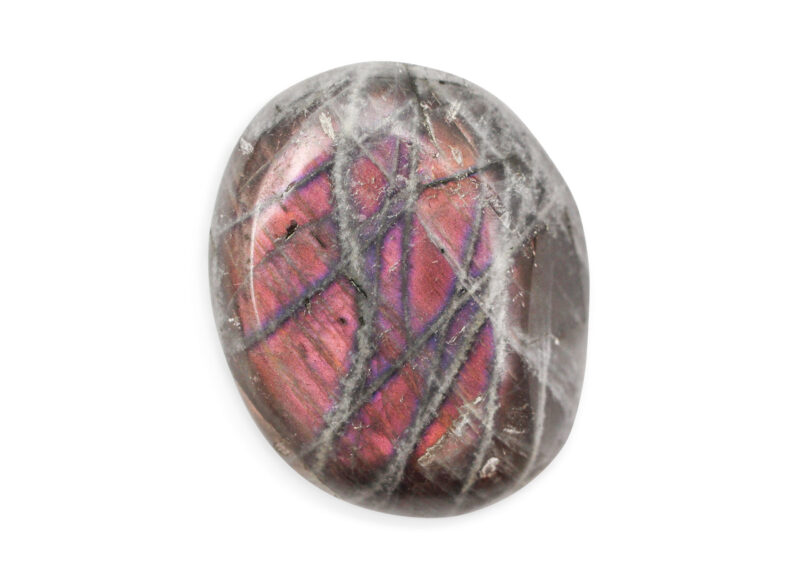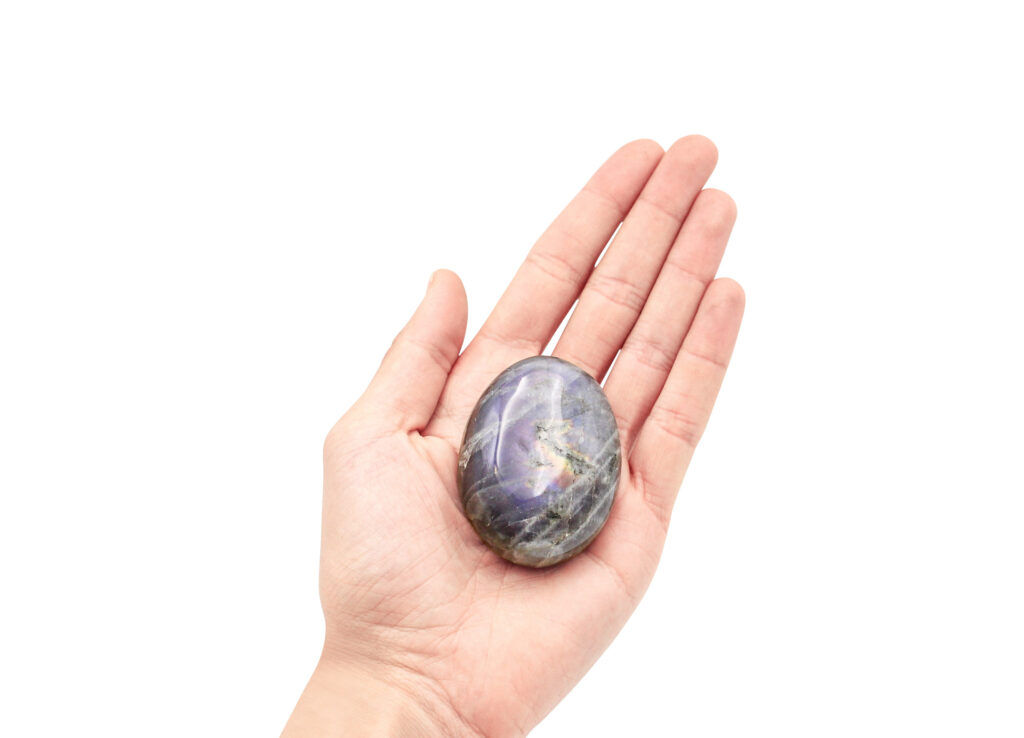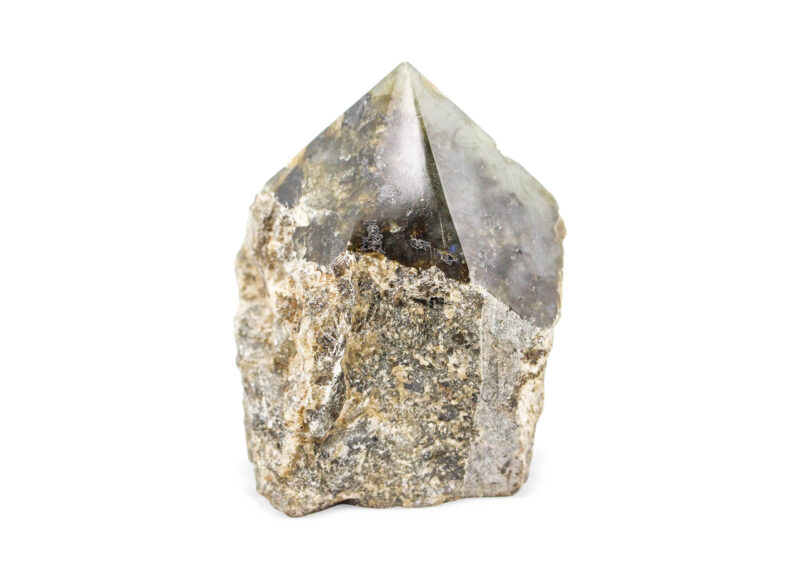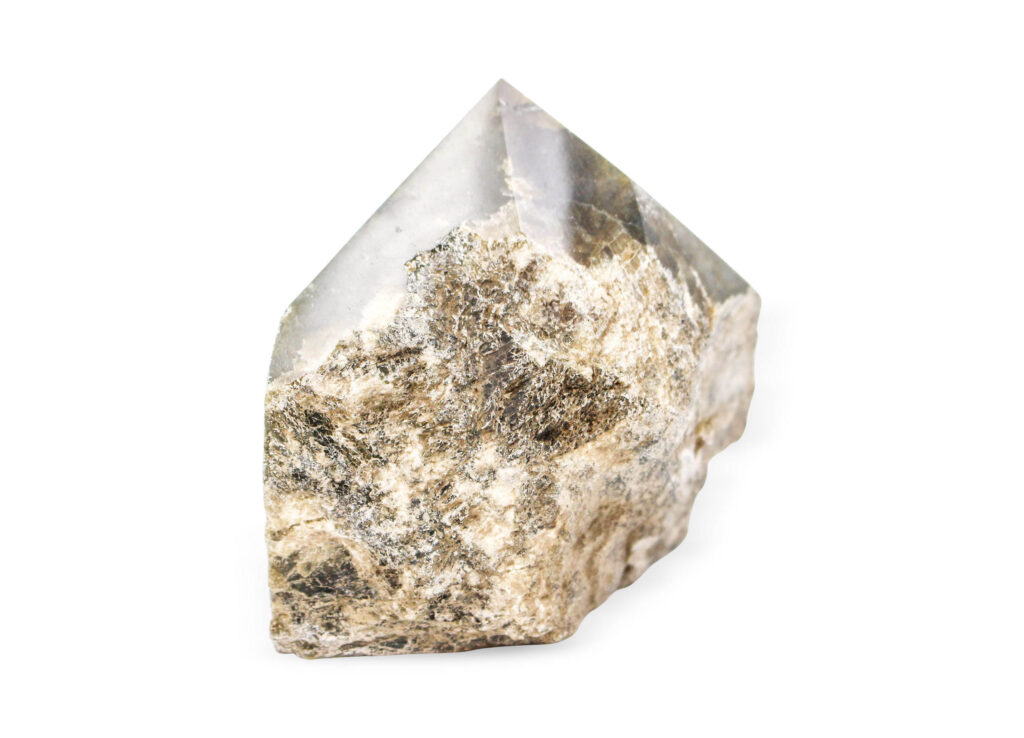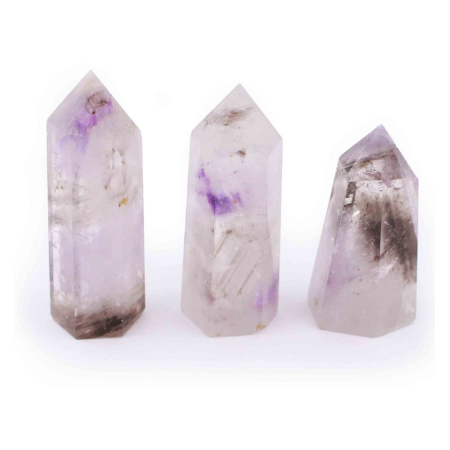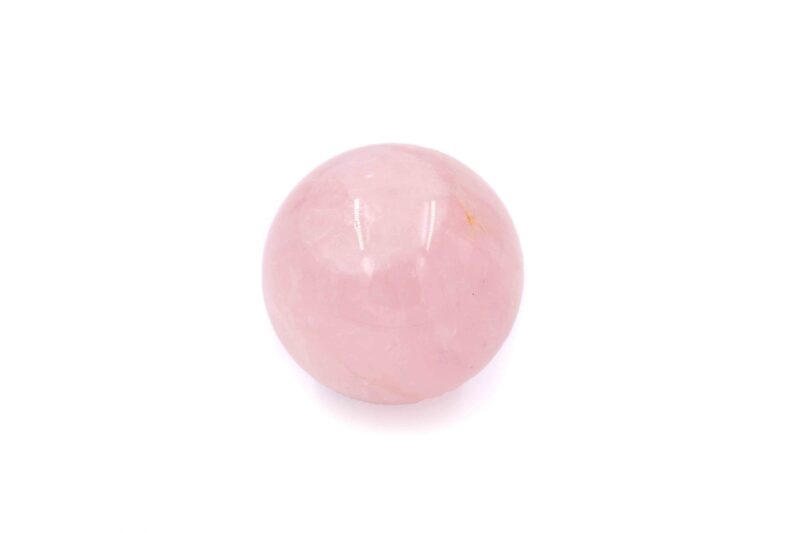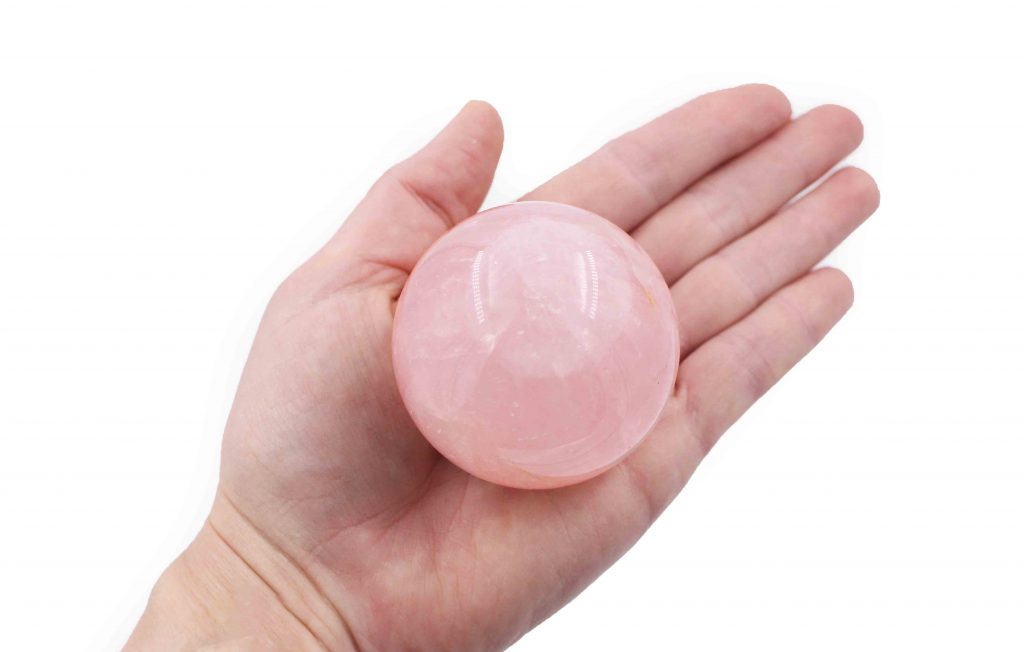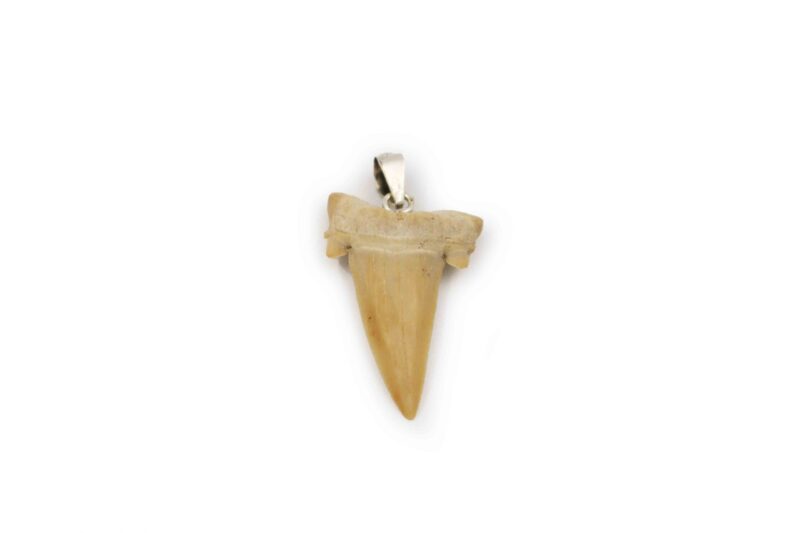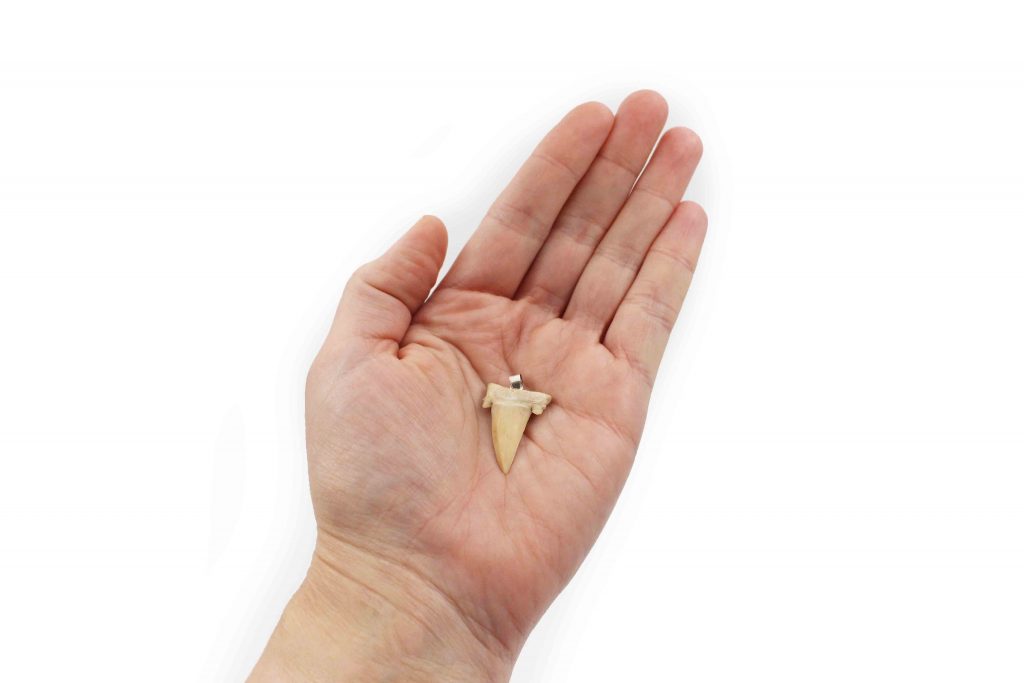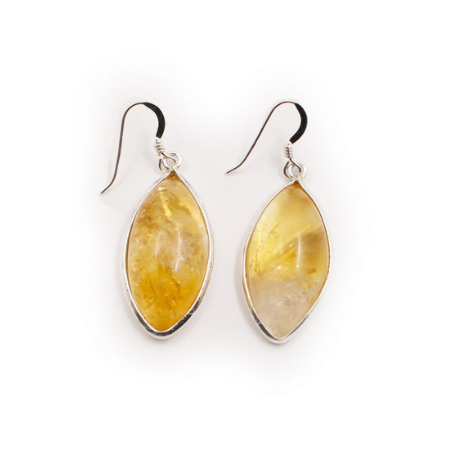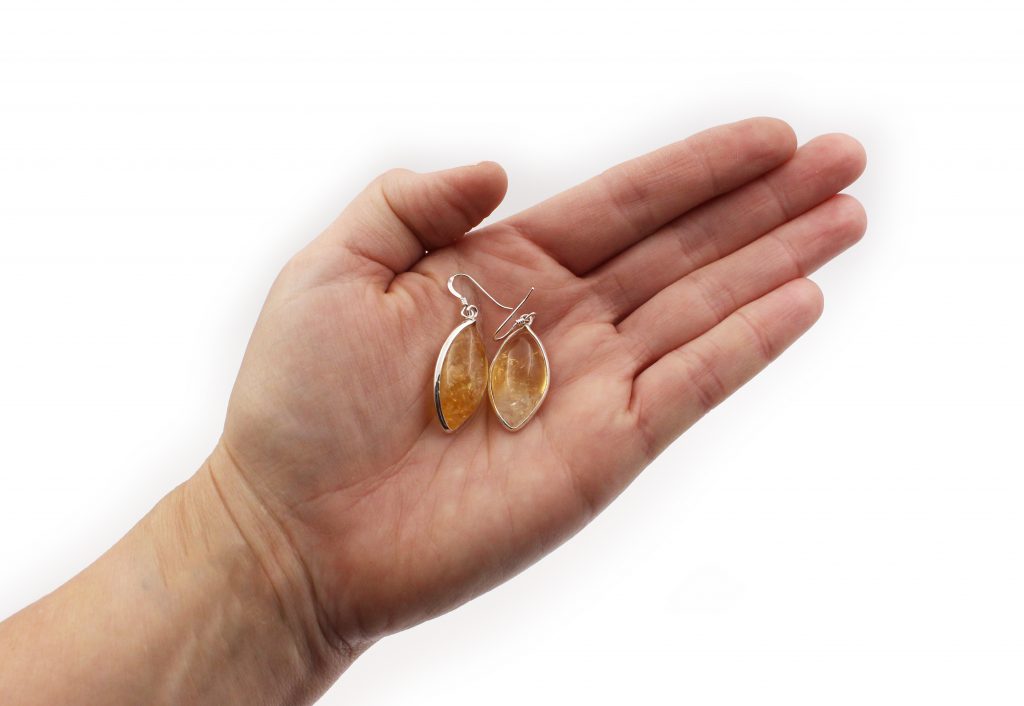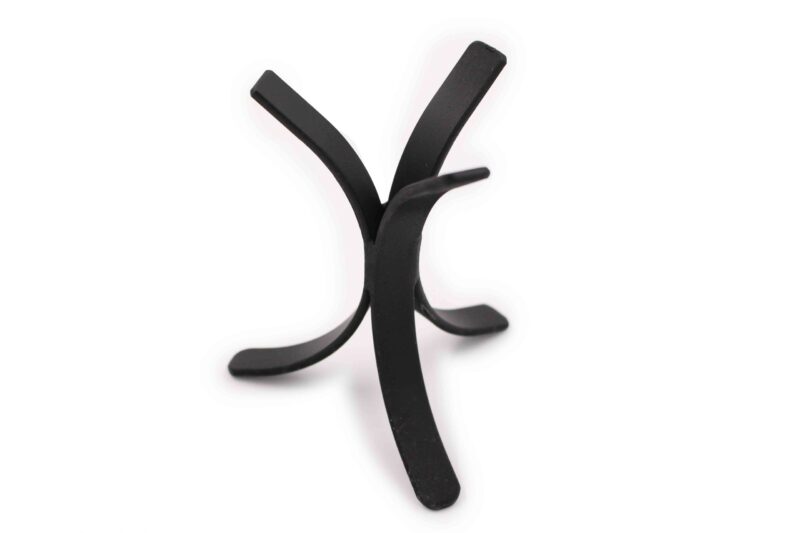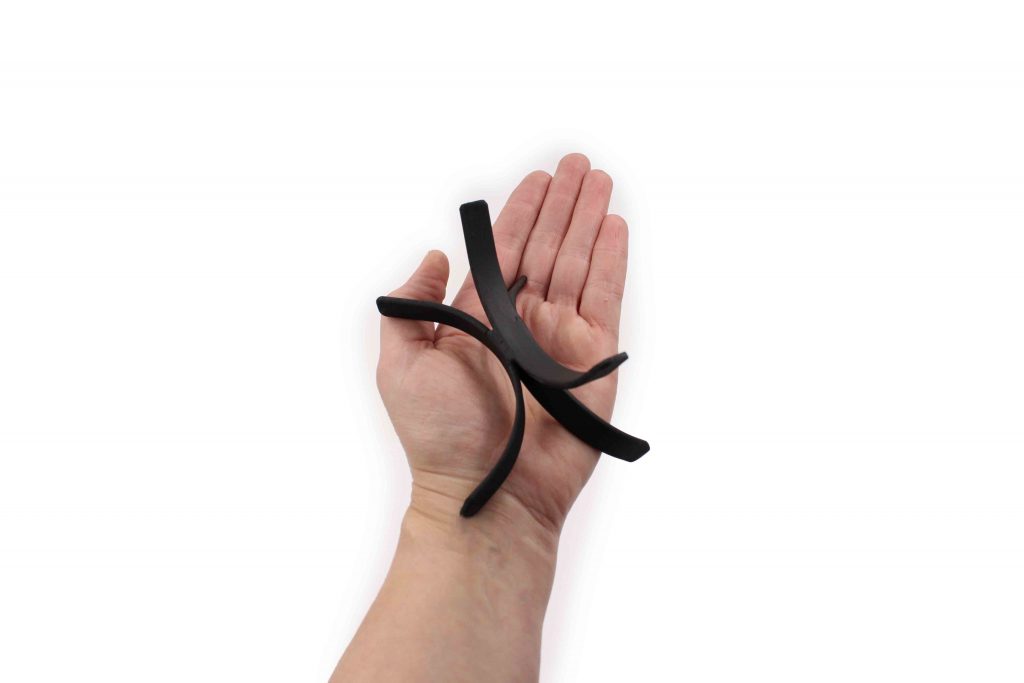Labradorite
What causes labradorite's color flash (labradorescence)?
Labradorescence occurs due to light diffraction within the crystal's internal structure, created by thin layers of different feldspar compositions. When light hits these layers at specific angles, it creates the stunning flash of colors you see. This is not a surface effect but rather an internal structural phenomenon, which is why each piece displays different patterns and intensities of flash. The angle at which you view the stone affects which colors you'll see, making each piece an interactive light show.
How can I best display my labradorite to show its flash?
Position your labradorite where it can receive good lighting and be easily turned to different angles. Natural daylight or adjustable lighting works best to reveal the full spectrum of colors. Some collectors mount their specimens on rotating displays or place them near windows where changing light conditions throughout the day create dynamic color displays. When photographing labradorite, try different angles and lighting conditions to capture its full range of color flash.
Why does some labradorite show more color than others?
The intensity of labradorescence varies naturally among specimens based on their internal structure and the thickness of the alternating layers within the stone. Some pieces may display bold, dramatic flashes across their entire surface, while others might show more subtle or localized color play. Neither is inherently better – it's a matter of personal preference. High-quality labradorite should show clear, distinct color flash when tilted at the right angle, regardless of whether the effect is subtle or dramatic.
Labradorite captivates with its mystical play of color, known as labradorescence – an iridescent light show that flashes across its surface in stunning blues, greens, and golds. Each piece in our collection is carefully selected for its exceptional color play and quality.
Showing all 6 resultsSorted by latest

